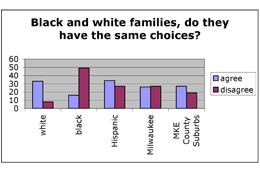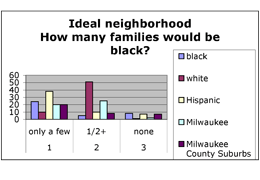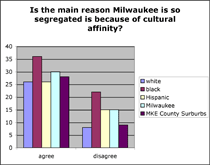 |
||||
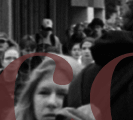  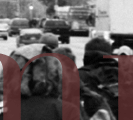  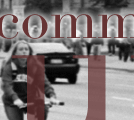 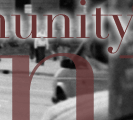 |
||||
|
(segregation, cont.) Local Reactions Choice can be broken down into race. According to PPF’s study, 47 percent of whites and 51 percent of blacks would select a neighborhood with people of their same race. My family currently lives in Wauwatosa and we are not surrounded by our own race. A suburb of Milwaukee, Wauwatosa is a nice, quiet town and we have neighbors that do not mind living near a black family. Tom and Barbara Gilmore, a white couple that lives across the street, have always been friendly to us, inviting us over to play basketball and giving us food from their garden. When asked about the study, they agree that most people of any given group feel more comfortable living in an area where most of the neighbors are of the same race and culture. However, they are open to interaction from different races in neighborhoods; an ideal neighborhood for them would include more families like mine. “An ideal neighborhood would be a mixture of various races and nationalities where the children attend the same schools,” Barb Gilmore says. “In an ideal situation they could learn about each other’s cultures.” Marvin Echols, a black man living in the Sherman Park area of Milwaukee, is surrounded by his own race in his neighborhood, but for him choice is still not a factor. “Proximity to other blacks would be nice, but not a housing necessity for me,” Echols says. “Having the transportation to get where other people are is important to me.” Others like Pam Anderson say a combination of all races is ideal. Anderson is a white, black and Native American woman living in a northwest side neighborhood that was mostly white, but over the years became more integrated. “I think I felt best about my neighborhood when it was integrated with white, black, Hispanic and some Asian families,” Anderson says. “You get to know your neighbors as people and that is what becomes comfortable.” When looking at different neighborhoods and segregation, generally people think of whites in the suburbs and blacks in the inner city, but the roles are reversed for Kathy Wallace, a white woman, who moved with her husband to a predominantly black neighborhood as a part of a city initiative to encourage home ownership “As a white woman in a predominantly black neighborhood, it can feel a little awkward at times especially because I am probably the only white person in our neighborhood,” Wallace said. “I try not to let that bother me, however, and I find that the more I talk to my neighbors and we get to know each other that the color difference isn’t a big problem for most people.” Color difference is obvious in different sectors of Milwaukee, and churches are no exception. Jim Rand, pastor of Wauwatosa Presbyterian Church, admits the membership at his congregation is lacking in minorities, but they have a “sister church” relationship with a predominantly black church, Community Baptist Church of Greater Milwaukee, to help races mesh through the commonality of religion. “We worship together on occasion and share meals involving the entire church and smaller in-home gatherings,” Rand said. In addition, Rand talked about the real reason for having this relationship. “We do this not to increase our membership.” Rand added. “It is to strengthen both churches and to break down barriers between races.” Segregation has caused Milwaukee to receive national attention. I personally experienced two worlds of segregation: one where I was on the inside and one on the outside, but I still have to deal with it and I do not like what I see. Many people wonder why Milwaukee cannot integrate. Well, I’m here to say that integration has meant the world to me. You learn so much from someone who is different from you, and I hope others get a chance to break out of the racial lines and encounter this experience.
|
|
|
|
|||
